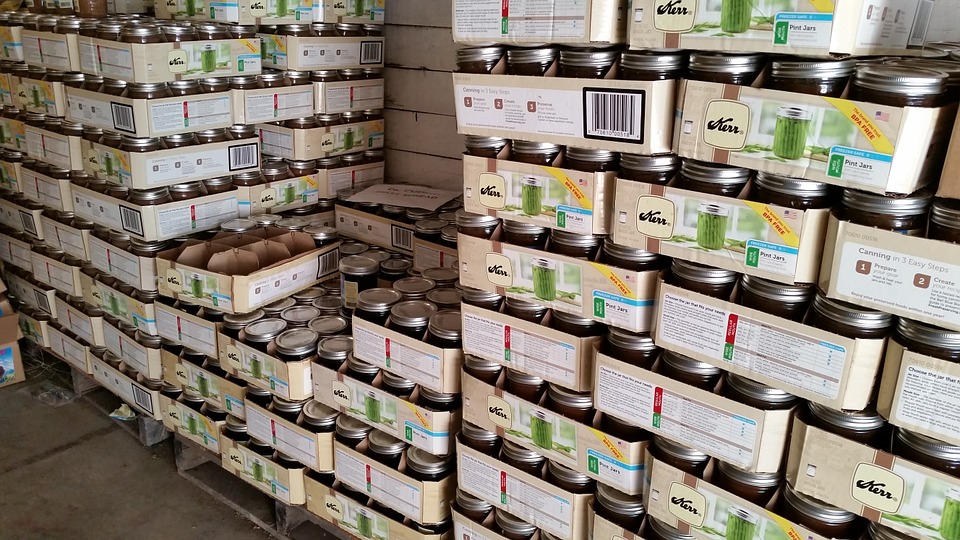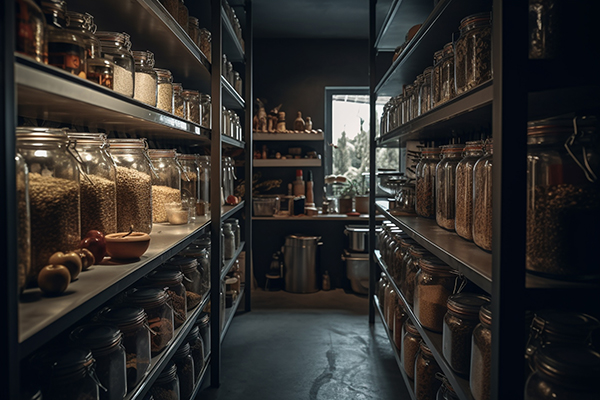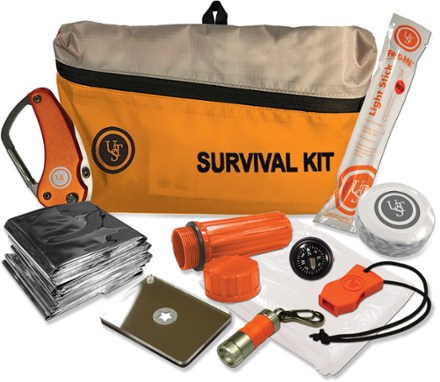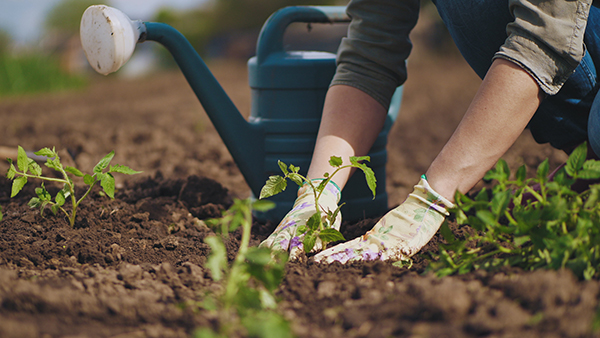Unlock the power of sprouting and enjoy the benefits of growing your own food
06/12/2024 / By HRS Editors
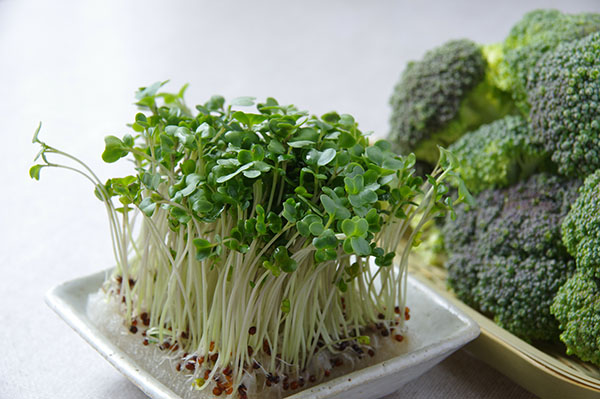
You can learn how to grow food at home to be more self-sufficient as a prepper. But if starting a home garden seems intimidating or you’re too busy to plant crops in your backyard, you can also enjoy the benefits of growing your own food by learning how to grow sprouts.
Sprouts are one of the easiest foods to grow indoors, and unlike plants, they don’t require a lot of space. (h/t to Wholefully.com)
Sprouts offer many nutritional benefits. Generally, sprouting also increases the vitamin C and B content and the fiber of sprouted food, such as broccoli sprouts.
Sprouting basics
Are you worried about eating homemade sprouts because there have been many outbreaks of salmonella and E. coli associated with sprouts from the grocery store?
This is often caused by the warm humid environment that sprouts grow because it is also the prime climate for bacteria to spread. In large-scale commercial operations, it’s almost impossible to keep the environment clear from all pathogens.
However, the chance of getting a food-borne illness with sprouts is significantly smaller when you grow them at home. You just need to make sure that you follow the steps properly and check your sprouts before eating them. (Related: Sprouts: Your perfect emergency preparedness food choice.)
You can sprout almost any legume, seed or nut, with some exceptions.
Here are some foods that can be sprouted:
- Broccoli
- Chickpeas
- Millet
- Mung beans
- Radish
- Red clover
Before you get started, make sure you only buy seeds meant for sprouting. This ensures that your sprouting seeds are tested and verified to be free of E. coli and salmonella.
Sprouting at home: Getting started
You will need the following items to start sprouting at home:
- A large clear jar, such as a Mason jar
- A small piece of natural, breathable fabric, such as cotton and cheesecloth
- A rubber band
You can also buy sprouter lids that fit on wide-mouth Mason jars to save time since they will help make the rinsing and draining process easier.
Follow the steps below to grow sprouts at home:
Soak your seeds
Different seeds will need different amounts of water, but usually, you need to use three parts water to one part seed. If you are using broccoli seeds, you will need three tablespoons, which will produce at least four cups of sprouts.
Place the seeds in a clean Mason jar, then cover the seeds with cool water. Shake the jar gently so all the seeds are wet.
You can leave the jar open, or you can cover it with a sprouter lid on top of the jar or a piece of breathable natural fabric, like cheesecloth, secured with a rubber band. Soaking hours for most seeds may vary from two to eight hours.
Drain and rinse the sprouts
Once the seeds are done soaking, drain the sprouts. If you have a sprouter lid, tip the whole jar over the sink and let the water drain.
If you used the cloth method, remove the rubber band and cloth. Place a fine mesh sieve over the top of the jar and invert it over the sink to drain.
Add more fresh, cool water to the jar, then swirl it around to wet the sprouts. Rinse out that water.
Once the sprouts are all rinsed, turn the jar in your hand so the seeds stick to the outside of the jar.
Prop the jar upside-down in a clean bowl. This will help the sprouts drain properly. Keep the bowl and jar in a dry, cool area on your kitchen counter.
Rinse, drain, repeat
When sprouting broccoli, you need to rinse and drain the sprouts twice a day for at least five to six days. Throw out any water that has been collected in the bowl.
For most seeds, you’ll start to see baby sprouts after a day or two. While you can harvest and eat sprouts at any stage, you can also wait until they are at least 1/2 to two inches long.
Rinse and drain until the sprouts get to the length you want.
Harvest, store and use the sprouts
When your sprouts reach the desired length, give them a final rinse and drain. Remove the jar lid and dump all the sprouts out onto a clean and absorbent kitchen towel.
Spread out the sprouts onto one layer and let them air dry for at least 30 to 60 minutes before storing.
Get a glass food storage container with a clean tea towel or paper towels, and then put the sprouts in. Wrap the sprouts up and close the container.
Store sprouts in the fridge for up to a week. Sprouts are great on salads, sandwiches, wraps or scrambled eggs.
If you prefer a more convenient ingredient for your stockpile, you can also buy Organic Broccoli Sprout Powder or Broccoli Sprout capsules.
Where to buy lab-verified broccoli sprout products
The Health Ranger Store is committed to helping you prepare for any emergency and we’re proud to introduce products such as Organic Broccoli Sprout Powder and Broccoli Sprouts capsules.
Despite their unassuming size, broccoli sprouts are full of nutrients, which is why they are considered one of the world’s most nutritious vegetables.
Made from organic broccoli sprouts, Health Ranger Select Organic Broccoli Sprout Powder is full of beneficial nutrients.
If you prefer a more convenient form, try Health Ranger Select Broccoli Sprout Capsules.
Both Health Ranger Select Organic Broccoli Sprout Powder and Health Ranger Select Broccoli Sprout Capsules are vegan, non-GMO, non-China, certified Kosher and organic.
Our premium formulas contain no gluten, artificial sweeteners, colors, preservatives, or other additives. They are also lab-tested for glyphosate, heavy metals and microbiology.
Visit Veggie.news for more articles about nutritious vegetables you should have in your food stockpile. Check out Health Ranger Store and Brighteon Store for more clean food supplies for your prepping needs.
Watch the video below to learn more about Organic Broccoli Sprouts.
This video is from the Health Ranger Store channel on Brighteon.com.
More related stories:
Prepping tips: How to prepare a food storage starter kit.
Grow your own feast: Top crops for your home vegetable garden.
Sources include:
Submit a correction >>
Tagged Under:
broccoli sprouts, emergency stockpile, emergency supplies, food freedom, food independence, Food storage, food supply, homesteading, how-to, nutrients, off grid, preparedness, prepper, prepper pantry, prepping, prepping stockpile, SHTF, sprout powders, sprouts, survival, survival stockpile, tips
This article may contain statements that reflect the opinion of the author
RECENT NEWS & ARTICLES
EmergencyFood.News is a fact-based public education website published by Emergency Food News Features, LLC.
All content copyright © 2018 by Emergency Food News Features, LLC.
Contact Us with Tips or Corrections
All trademarks, registered trademarks and servicemarks mentioned on this site are the property of their respective owners.





